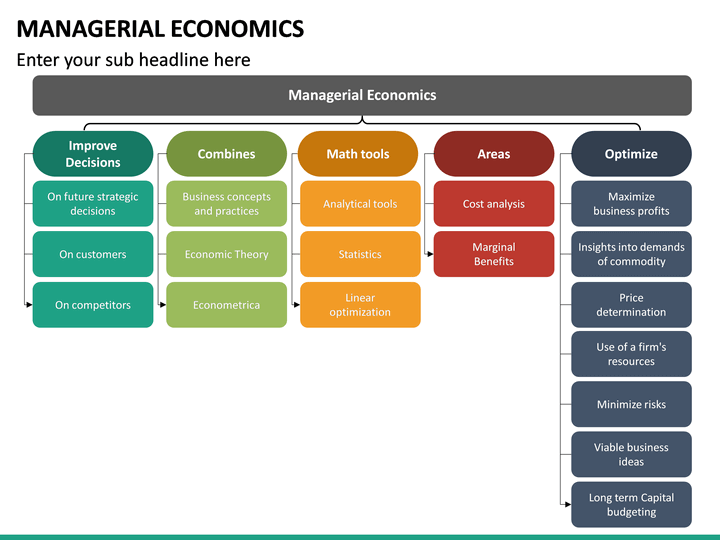

The manufacturer of these has imposed a condition on you: You have to order in batches of 100. It is largely because of these two characteristics that the decision-making in an uncertain environment involves more subjective judgment. Thus the implication is that even though they cannot predict the probability that a particular individual will have an accident, they can predict how many individuals in a particular age group are likely to have an accident and then fix their premium levels accordingly.īy contrast, uncertainty implies that the probabilities of various outcomes are unknown and cannot be estimated. For example, insurance companies often examine historical data in order to determine the probability that a typical twenty-five year-old male will die, have an automobile accident, or incur a fire loss. The a posteriori measurement of probability is based on the assumption that past is a true representative (guide to) of the future. For example, we know that if we toss an unbiased coin, one of two equally likely outcomes (i.e., either head or tail) occur, and the probability of each outcome is predetermined.

With the priori method, the decision-maker is able to derive probability estimates without carrying out any real world experiment or analysis. The first one is deductive and it goes by the name a priori measurement the second one is based on statistical analysis of data and is called a posteriori.

In general, two approaches are used to estimate the probabilities of decision outcomes. Modern decision theory is based on this distinction. Risk is objective but uncertainty is subjective risk can be measured or quantified but uncertainty cannot be. It was Frank Knight who first drew a distinction between risk and uncertainty. Uncertainty is a state in which the decision-maker does not have even the information to make subjective probability assessments. These estimates may be subjective judgments, or they may be derived mathematically from a probability distribution. Risk can be characterized as a state in which the decision-maker has only imperfect knowledge and incomplete information but is still able to assign probability estimates to the possible outcomes of a decision. But there is a difference between the two concepts. In our day-today conversation, we use the two terms ‘risk’ and ‘uncertainty’ synonymously.


 0 kommentar(er)
0 kommentar(er)
